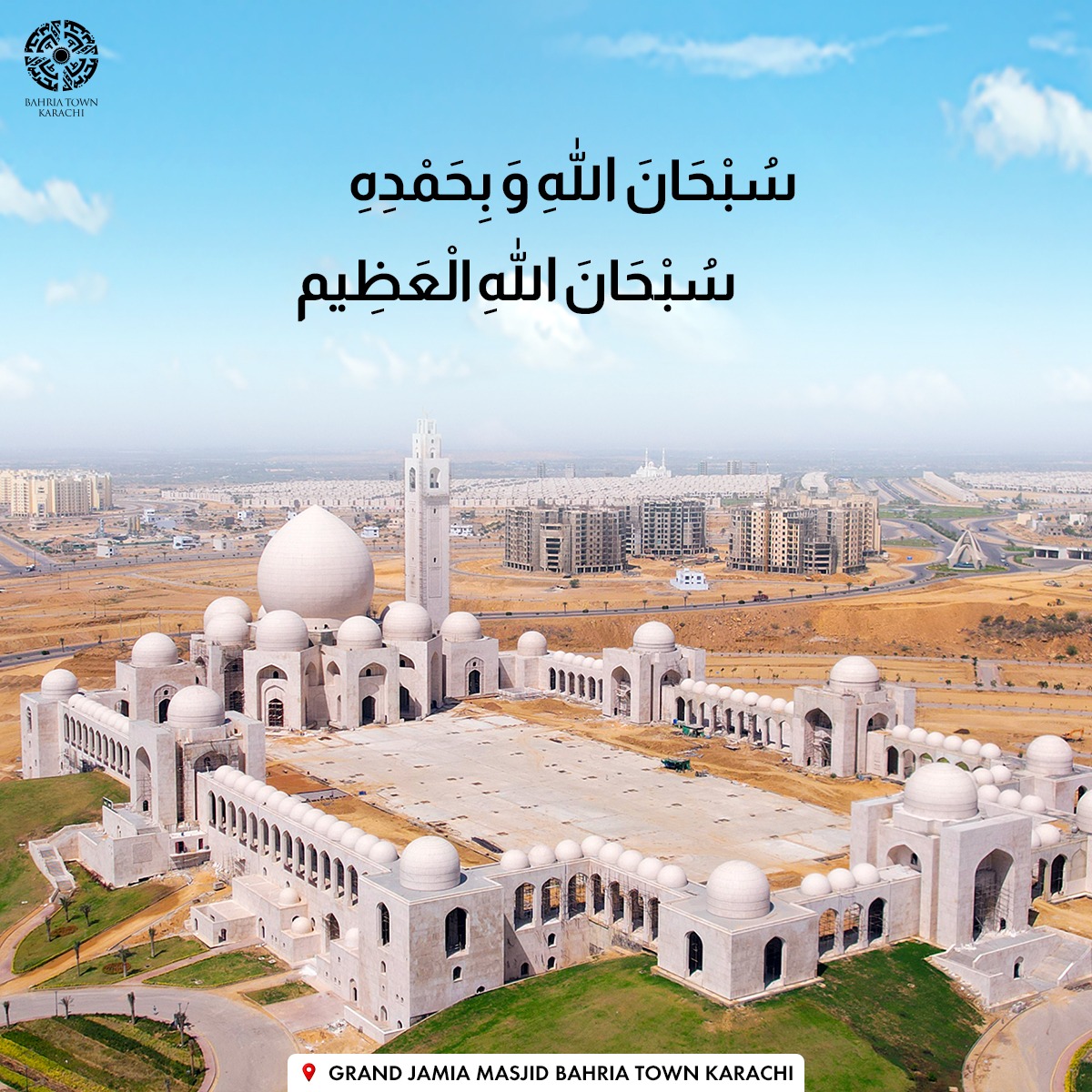Mosques are sacred places for Muslims all around the world. It’s not just a place to pray; it’s also the heart of the community and where many beautiful pieces of Islamic art have been made. Mosques are the beating heart of Islamic culture. They are used for prayers, festivities during Islam’s holiest month of Ramadan, educational and informational centers, social welfare institutions, and dispute resolution. The imam is the mosque’s religious leader and leads the prayers.
Mosques have existed since the beginning of Islam. According to Islamic history, the Prophet Muhammad (PBUH) assisted in constructing the first mosque in Medina as part of his desire to establish a Muslim place of worship. The region around Mecca’s Kaaba Stone is frequently regarded as the oldest Muslim worship centre, having been revered since the 7th century. Both cities are located in modern-day Saudi Arabia and are regarded as the holiest in Islam. When we talk about the world’s largest mosques, “Grand Jamia Masjid Karachi” is one of them. Grand Jamia Masjid is the world’s 3rd largest mosque and 1st largest Masjid in Pakistan. The Bahria Town Karachi Masjid is designed with Islamic and Mughal style architecture and draws inspiration from the Masajid in Turkey, Malaysia, Iran, UAE, and Kuwait.

